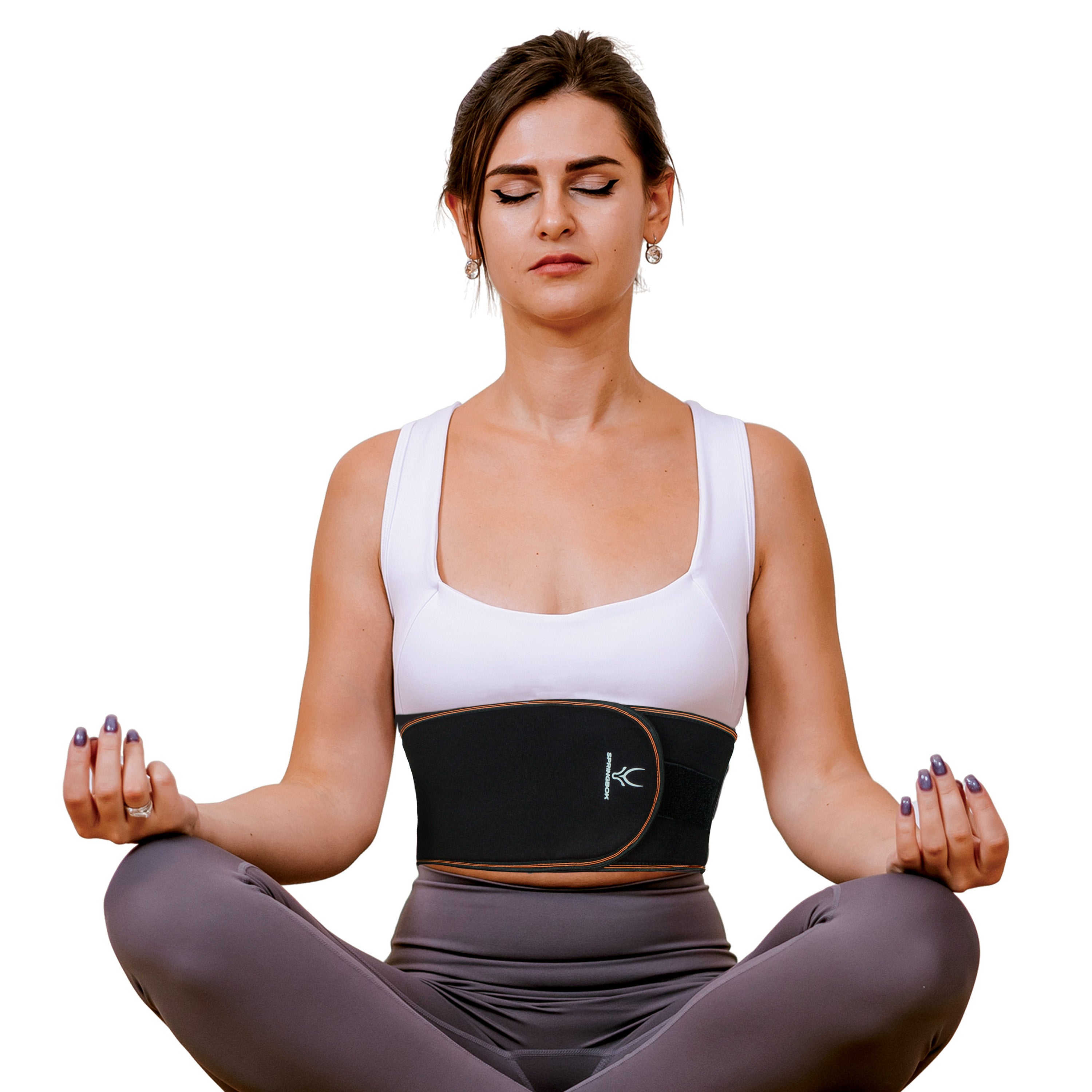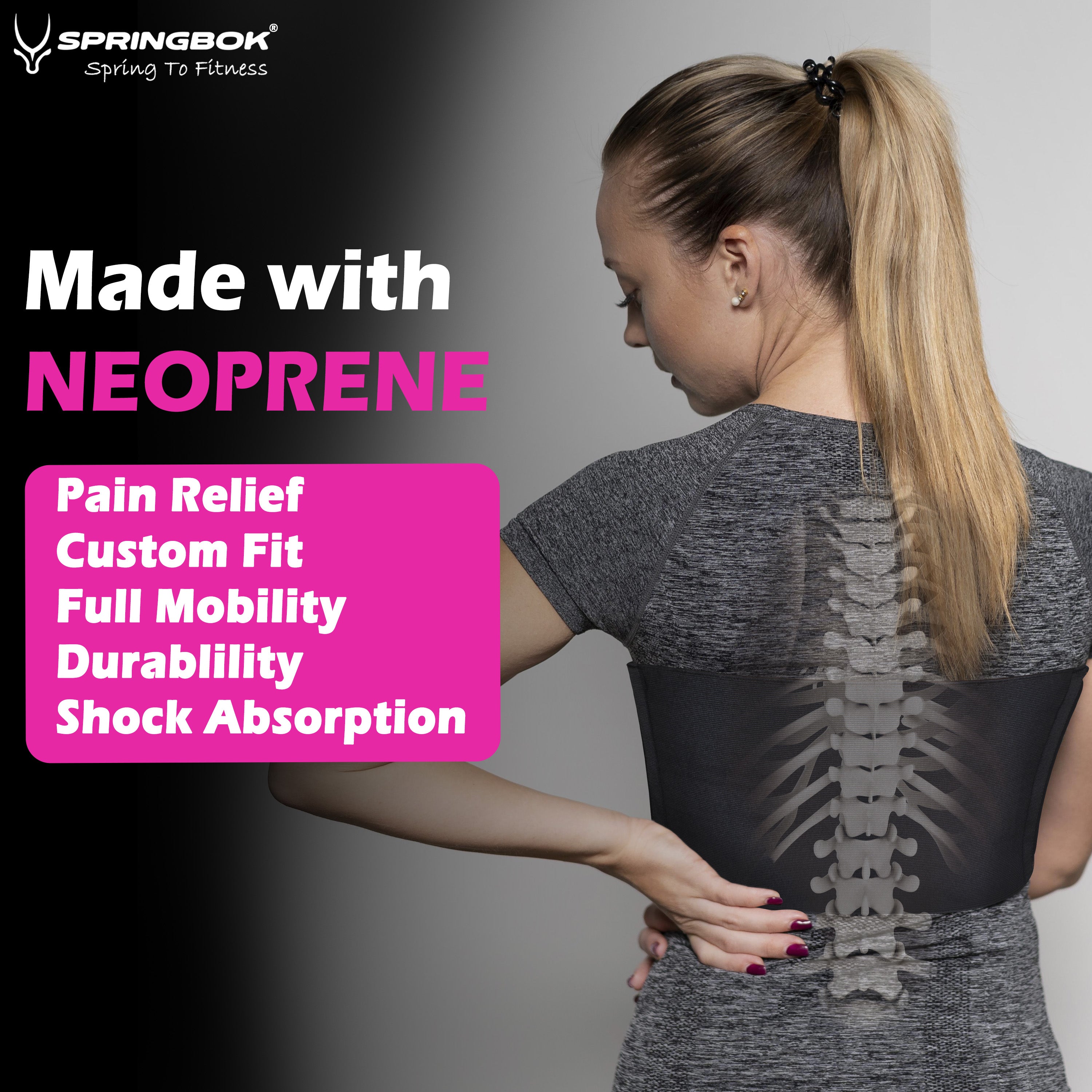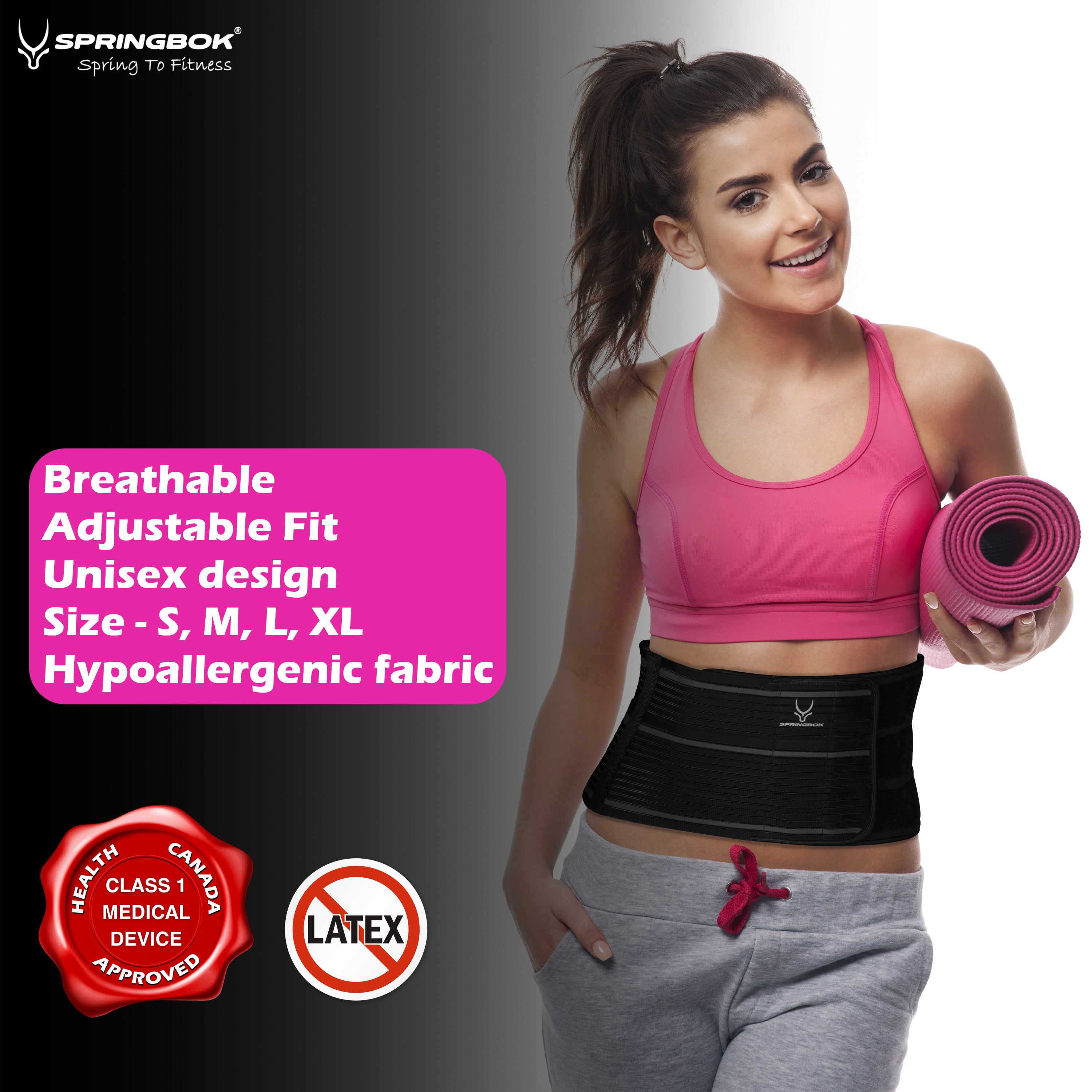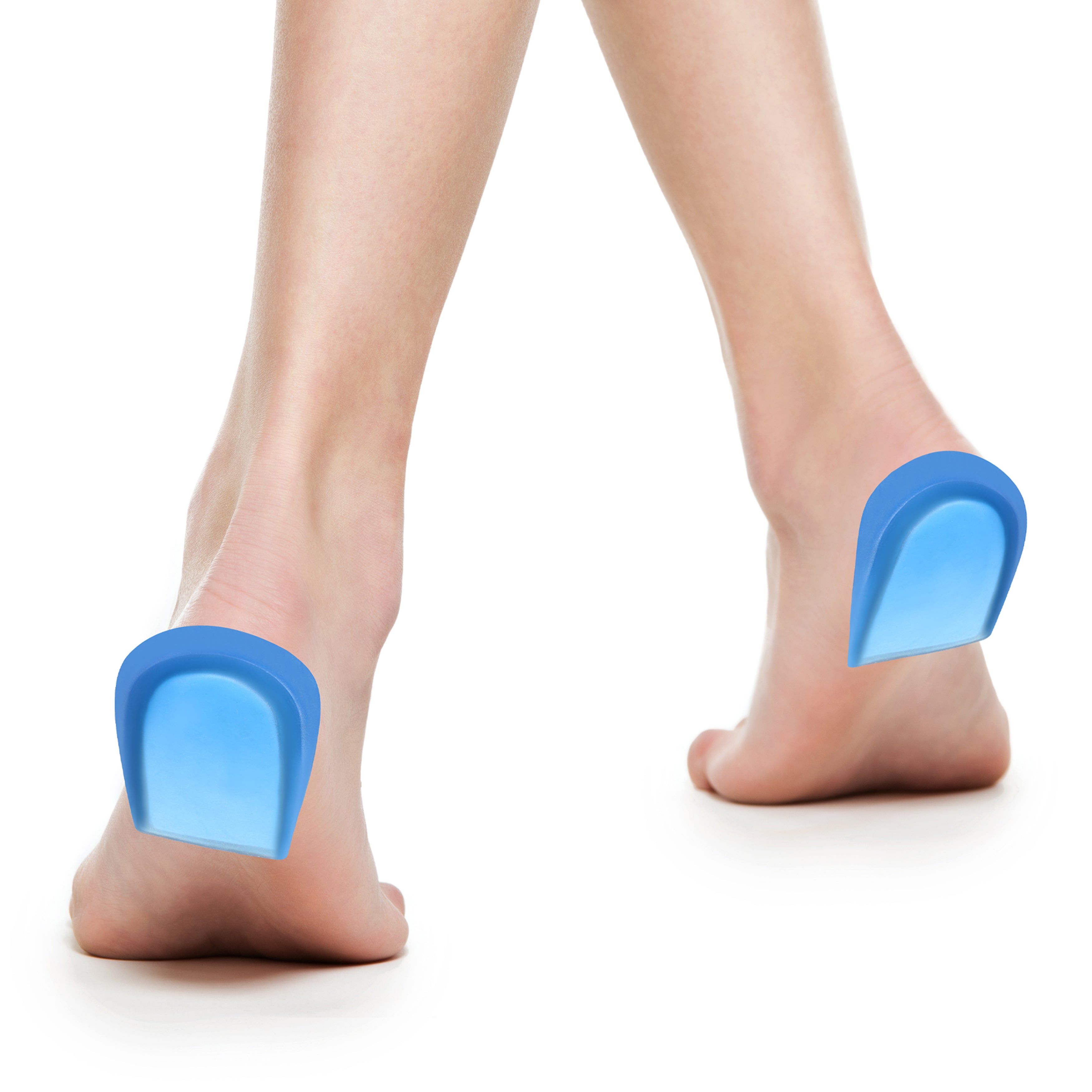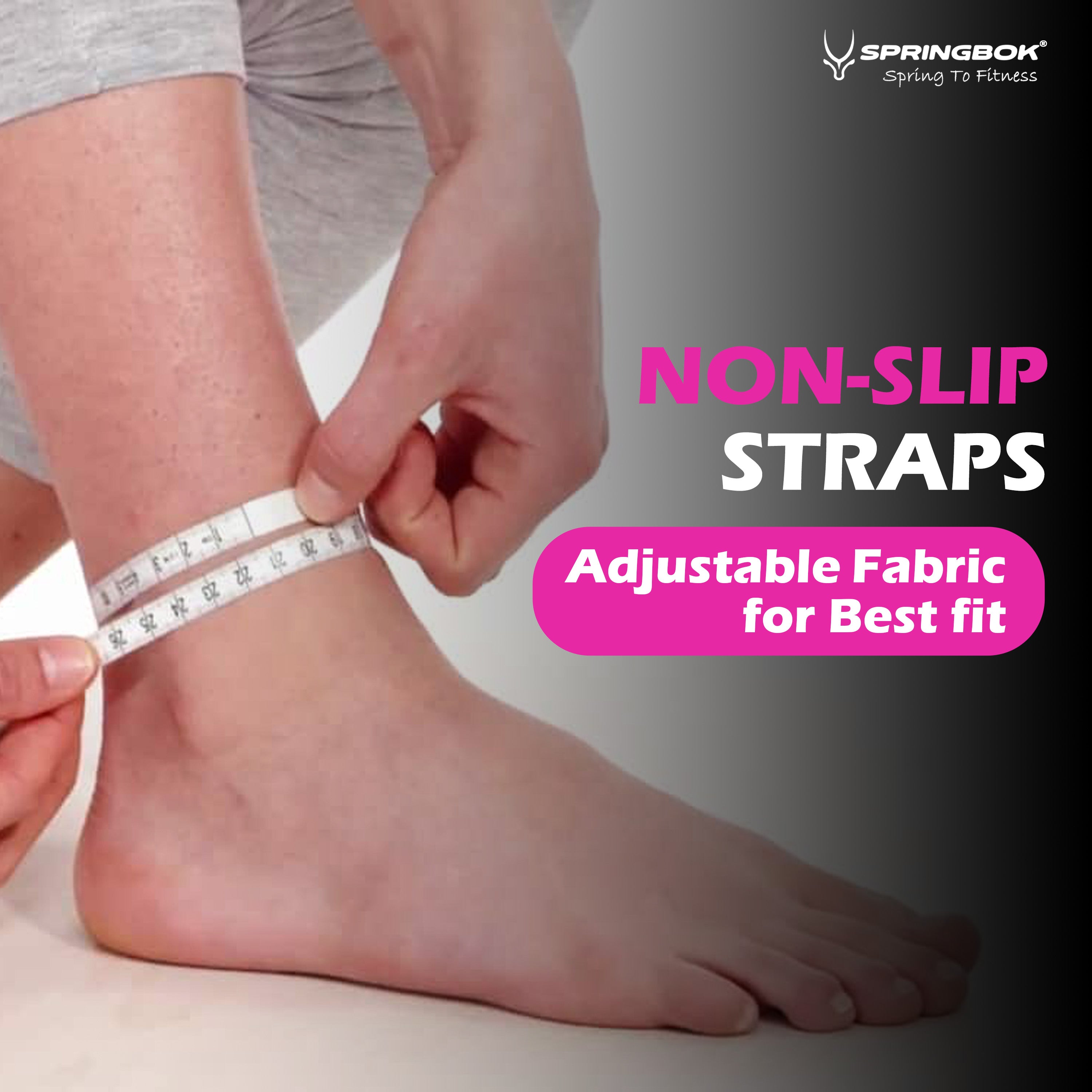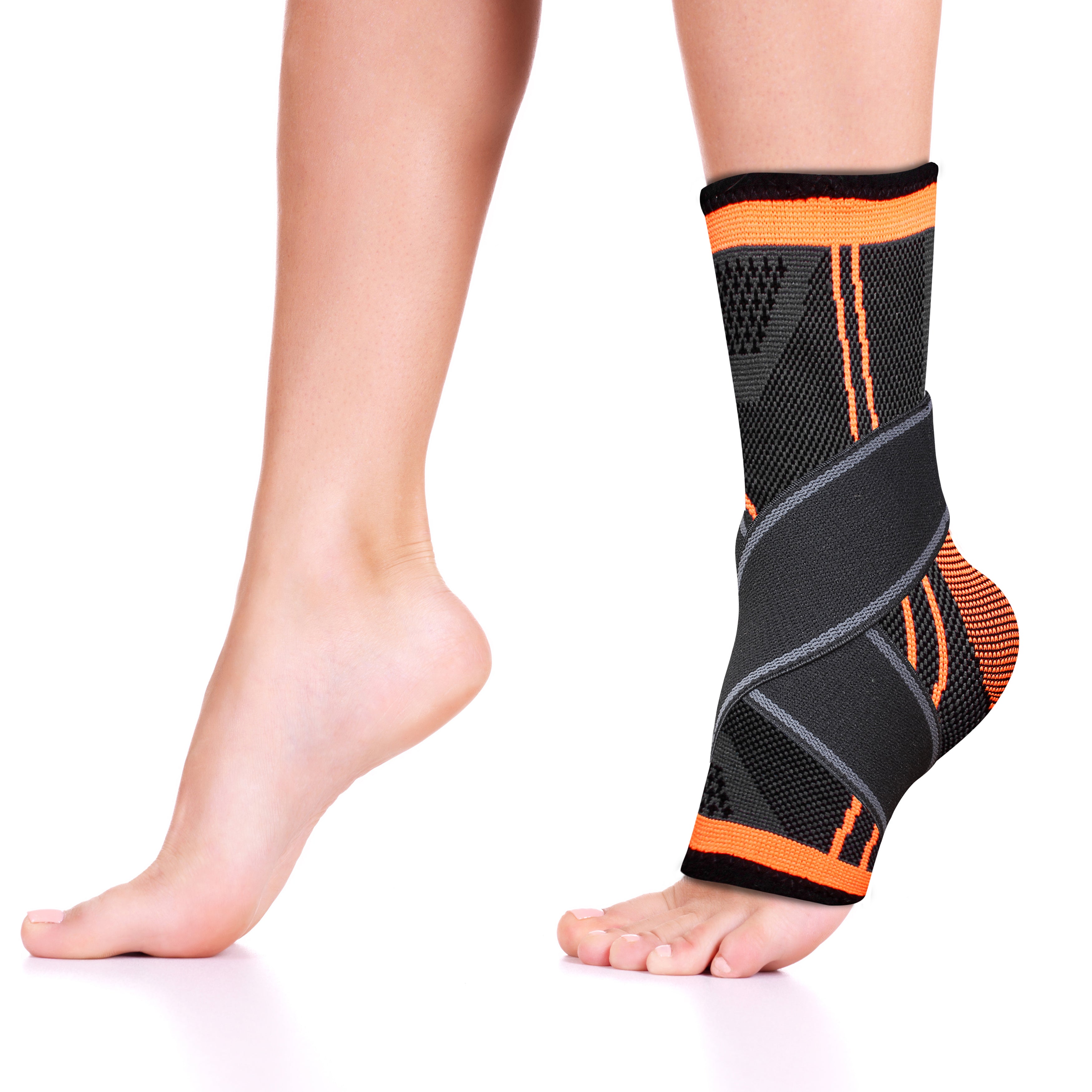
Best Ways to Use Compression Gear for Soccer

Playing soccer demands a high level of physical fitness, agility, and stamina. To meet these demands, soccer players are increasingly turning to compression gear. These specially designed garments can significantly improve performance, aid in recovery, and help prevent injuries. Understanding how to use compression gear effectively can give you an edge on the field.
This guide will explore the benefits of compression gear for soccer players, the different types available, and the best practices for wearing and maintaining them. By following these insights, you can maximize the benefits of your compression gear and elevate your soccer game.
Benefits of Compression Gear for Soccer Players
Compression gear offers numerous advantages for soccer players, enhancing performance and promoting recovery. One of the primary benefits is improved blood circulation. By applying gentle pressure to the muscles, compression gear helps increase blood flow, ensuring that oxygen and nutrients reach the muscles more efficiently. This enhanced circulation can reduce muscle fatigue, allowing players to maintain high energy levels throughout the game.
Another significant benefit is the reduction of muscle soreness. Compression garments help to minimize muscle vibrations during intense physical activity. These vibrations can lead to micro-tears in the muscle fibres, causing soreness and discomfort. By stabilizing the muscles, compression gear can reduce this damage and speed up recovery time, helping players feel fresher sooner after a match or training session.
Injury prevention is also a key advantage. Compression gear provides support to joints and muscles, reducing the risk of strains and sprains. By keeping muscles warm and supported, these garments help prevent injuries that can sideline players for weeks. For soccer players who engage in high-intensity movements such as sprints, jumps, and quick direction changes, this additional support is crucial for maintaining peak performance and reducing downtime due to injury.
Types of Compression Gear and Their Uses
Compression gear comes in various forms, each designed to serve specific purposes and target different areas of the body. Understanding the types available can help soccer players choose the best options for their needs.
- Compression Socks and Sleeves: These are particularly beneficial for the lower legs. Compression socks can help reduce swelling and prevent conditions like shin splints. They are ideal for players who experience calf tightness or discomfort. Sleeves, on the other hand, can be worn without covering the feet, providing targeted compression to the calf muscles.
- Compression Shorts and Tights: These garments are designed to support the thighs, hamstrings, and glutes. Compression shorts and tights help reduce muscle oscillation during sprints and jumps, improving muscle efficiency and reducing fatigue. They are perfect for players looking to enhance their performance while safeguarding against common leg injuries.
- Compression Tops and Arm Sleeves: Compression tops provide support for the upper body, including the chest, shoulders, and arms. These tops are beneficial for players involved in physical confrontations or for goalkeepers who require additional support. Arm sleeves offer compression to the biceps and forearms, assisting in muscle recovery and reducing soreness.
- Full-Body Compression Suits: For comprehensive support, full-body compression suits cover large areas of the body, providing uniform pressure to multiple muscle groups. These suits are particularly useful during recovery, as they help reduce soreness and promote faster muscle repair.
By selecting the appropriate type of compression gear for specific needs, soccer players can optimize their performance and recovery, making the most of every training session and match.
How to Properly Wear and Maintain Your Compression Gear
Wearing compression gear correctly ensures that you receive the full benefits and avoid any discomfort. Start by choosing the right size. Compression gear should fit snugly but not so tight that it restricts movement or blood flow. Measure yourself accurately and refer to size charts provided by manufacturers to find the perfect fit.
When putting on compression garments, take your time to avoid overstretching the fabric. Roll the gear slightly inside out and then gradually pull it up, making sure it's evenly distributed along your limbs or body. For compression socks and sleeves, ensure there's no bunching around the joints, as this can reduce their effectiveness and cause discomfort.
Maintenance of compression gear is also essential for longevity and performance. Here are some tips to keep your gear in top condition:
- Washing: Always follow the care instructions on the label. Typically, it's best to wash compression gear by hand in cold water. If using a machine, opt for a gentle cycle and place the garments in a mesh laundry bag to protect the fabric.
- Drying: Avoid tumble drying your compression gear. Instead, lay it flat on a clean towel to air dry. Excessive heat from dryers can damage the elasticity and fibres of the fabric.
- Storage: Store your compression gear in a cool, dry place away from direct sunlight. Avoid folding it in tight spaces to prevent creases that could weaken the material over time.
By wearing and maintaining your compression gear properly, you can ensure it remains effective and comfortable for all your soccer activities.
Enhancing Performance and Recovery with Compression Gear
Compression gear is a powerful tool to boost both performance and recovery in soccer. During games and training sessions, wearing compression gear helps maintain muscle alignment and reduce fatigue. This leads to improved stamina and the ability to perform at a high level for longer periods. For example, compression shorts can help sustain energy levels by reducing muscle vibrations that cause inefficiency.
In terms of recovery, compression gear is incredibly beneficial post-match. The increased blood flow facilitated by compression garments helps flush out lactic acid and other metabolic waste products that build up during intense physical activity. This process reduces muscle soreness and accelerates recovery, allowing you to get back on the field faster and with less discomfort.
Additionally, many soccer players use compression gear for injury management. If you’ve experienced a minor strain or sprain, wearing compression sleeves can provide support and prevent further injury while still allowing for a range of motion. The gentle pressure helps reduce swelling and inflammation, speeding up the healing process.
Here are some strategies to maximize performance and recovery with compression gear:
- Pre-Match Preparation: Wear compression gear during warm-ups to increase blood circulation and muscle temperature. This helps prevent injuries and prepares muscles for the intense activity ahead.
- During Play: Choose compression garments that target specific muscle groups used most during soccer. This ensures critical areas receive the maximum benefit, enhancing endurance and reducing injury risk.
- Post-Match Recovery: Continue wearing compression gear after the match to aid in the recovery process. Combining it with proper hydration and nutrition can significantly enhance overall recovery efforts.
Conclusion
Compression gear can be a game-changer for soccer players, offering support, enhancing performance, and speeding up recovery. By understanding the different types of compression gear and how to wear and maintain them properly, you can make the most of these innovative garments. Whether on the field or recovering after a match, compression gear helps you stay at your best.
Explore the latest in compression gear for women at SPRINGBOK, where you can find a range of products tailored to meet the demands of soccer players. Purchase one today and upgrade your gear to boost your performance and recovery!






